Gigabyte X299 AORUS Master Specifications
Here is a quick list of the motherboard specs for the Gigabyte X299 AORUS Master:
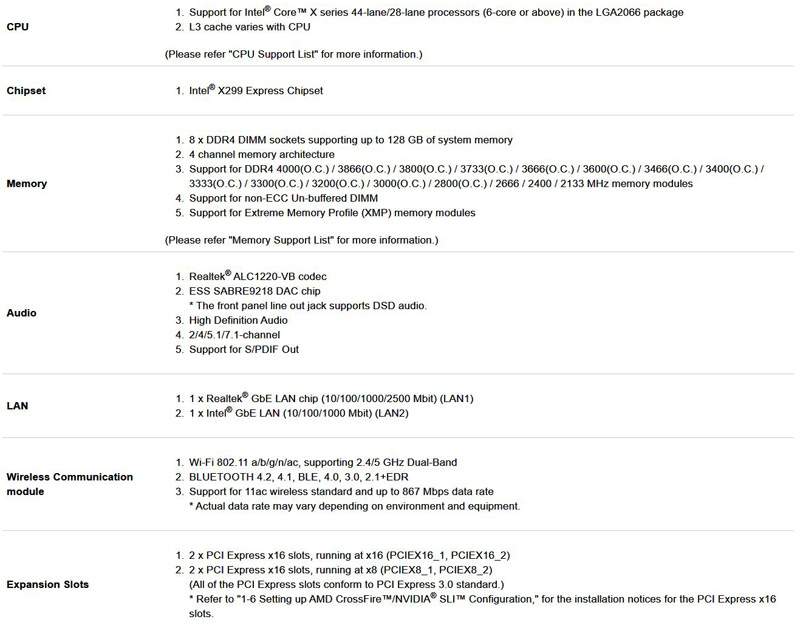
For our CPU we will be using an Intel Core i9-9820X 3.3 GHz (10 core/20 thread.) This is what we would expect a user to jump to if they wanted something that offered more cores and PCIe lanes than today’s 6-8 core mainstream desktop parts.
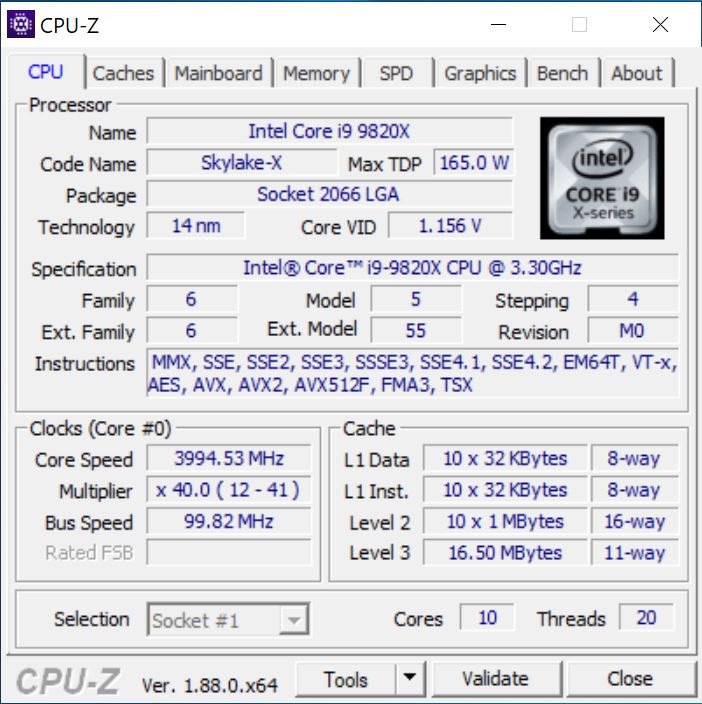
Let us continue with performance testing.
AIDA64 Memory Test
AIDA64 memory bandwidth benchmarks (Memory Read, Memory Write, and Memory Copy) measure the maximum achievable memory data transfer bandwidth.
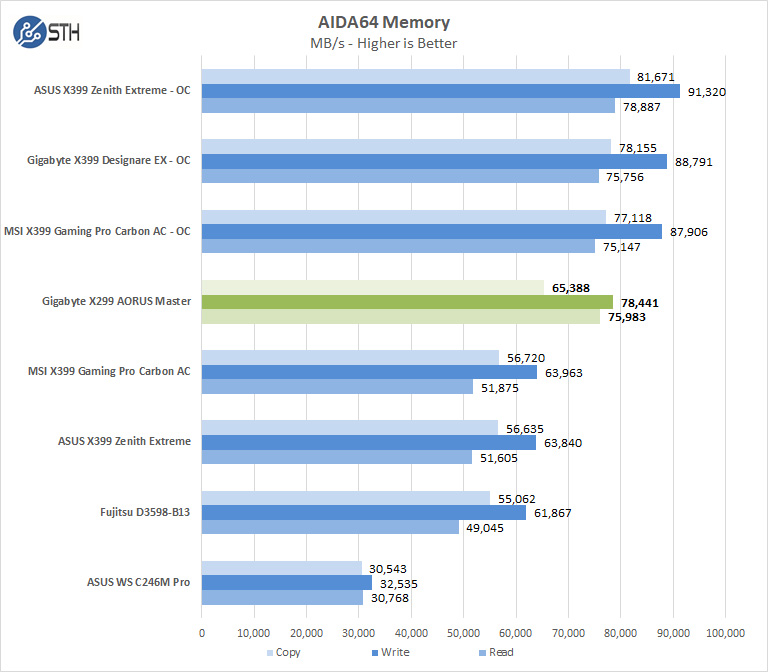
With higher speed memory kits the Gigabyte X299 AORUS Master can show impressive memory bandwidth.
Cinebench R15
Cinebench R15 is a fairly lightweight benchmark that stays mostly in caches and scales with cache speed, as well as thread count. Here are our Cinebench R15 results:
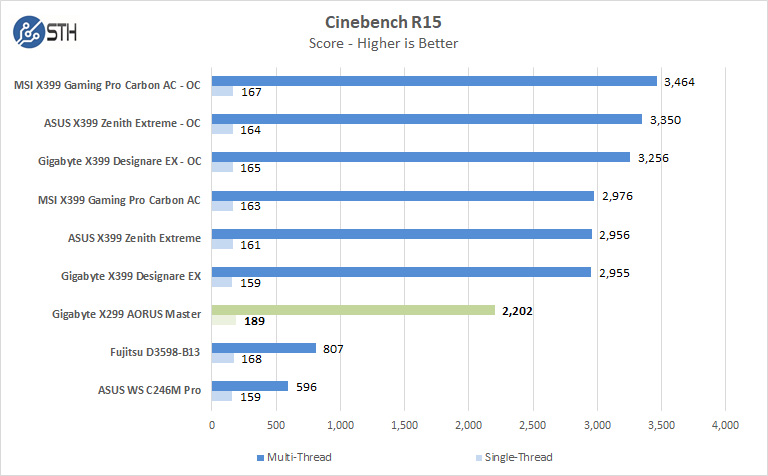
One thing to note about the Intel Core i9-9820X processor is it has high single core speeds. It also trails some of the AMD Threadripper setups we have tested.
Geekbench 4
Geekbench has a suite of tests that gives some relative rating of performance.
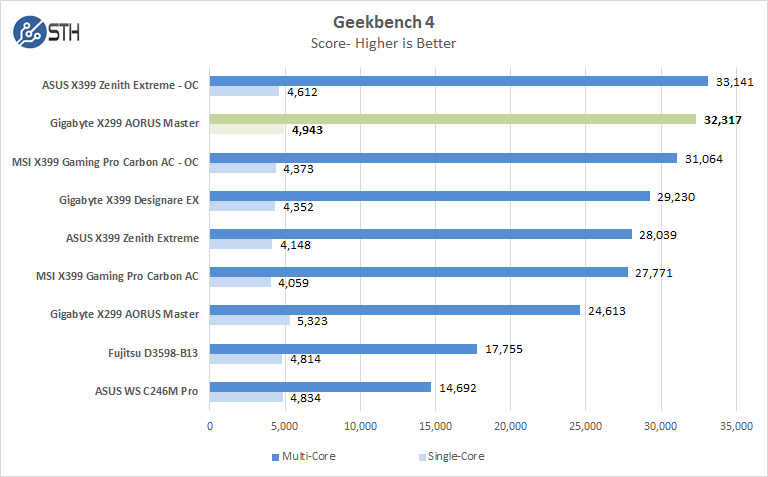
High clock speeds over ten cores help in Geekbench to achieve the high scores shown compared to what we saw in some of our Threadripper reviews.
SPECworkbench 3.0
SPECworkstation3 measures the 3D graphics performance of systems running under the OpenGL and Direct X application programming interfaces.
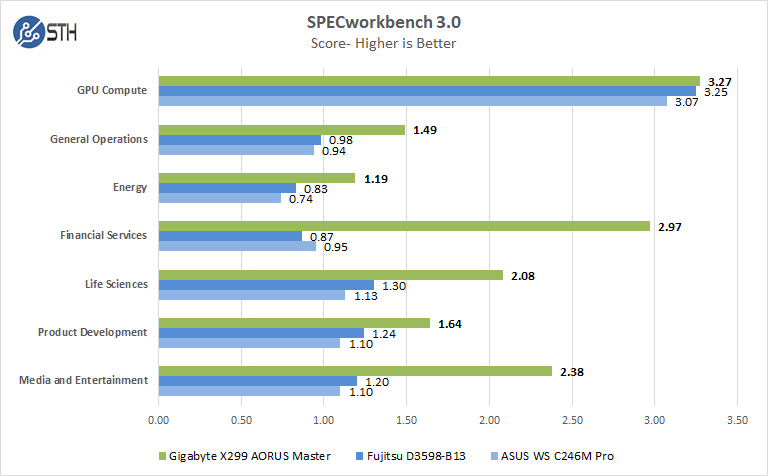
SPECworkbench is a very demanding benchmark that takes a considerable amount of time to complete. The Gigabyte X299 AORUS Master shows very impressive SPECworkbench results compared to what we had seen in our lower-end professional platforms.
PassMark 9
PassMark Performance Test allows you to benchmark a PC using a variety of different speed tests; it tests the entire PC and all its components.
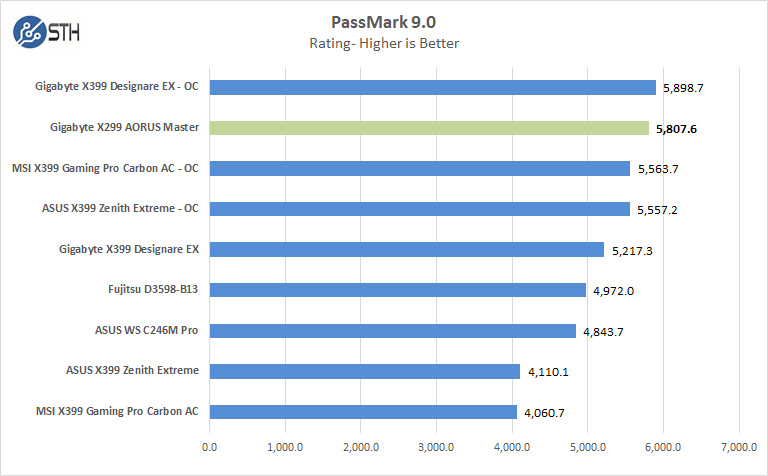
Overall, the Gigabyte X299 AORUS Master performed exceptionally well compared to some of the other workstation configurations we have tested.
Next, we are going to look at the power consumption before getting to our final thoughts.



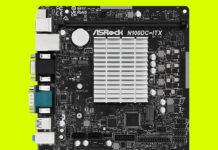
X299 vs. X570 won’t be a battle, X570 already won before it is offically launched.
One of the worst reviews I saw on this excellent site. Mostly copy & pasted marketing material.
You don’t even specify the test setup used in the benchmarking?
If one is to believe the screenshots, you have put 16 (or 32?) GB of 2133 MHz DDR4 in the machine. That must be a first on this planet…
The big selling point of the INTEL platforms these days is the better ability to handle high speed memory, especially when fully populated. AMD can’t really do that on X399 and you will have to downclock below 3000 MHz and instead fiddle with timings to get some performance back.
Since you are talking about this board in a workstation context, you should have it fully populated with 8 sticks of 8GB or rather 16GB. If you want to improve the article and add something not found in 99% of HEDT reviews, then put 128 GB of high speed memory int the board and show what it can do. 3200 MHz cas 14 is realistic.
I agree with H H. This is a bunch of marketing fluff along with a few benchmarks thrown in. STH really should post their metrics for 4 review categories. If I read the review correctly, this board is priced the same as other boards in this category. What did it get a 9.3? I think the aestetics category also needs to go bye-bye. If we are talking about workstation hardware, it doesn’t matter if this thing looks like it came out of a 1995 Packard Bell. William Harmon hasn’t given out a single review rating that was under 4.5 stars. Am I to believe everything he has reviewed is a rock star product?!
The given review of the Gigabyte x299 aorus motherboard is very well described and by going through the post, we can have much information regarding this.